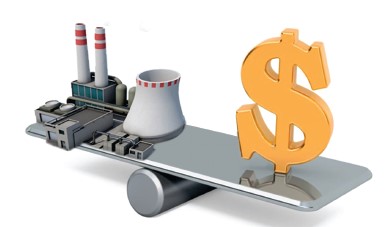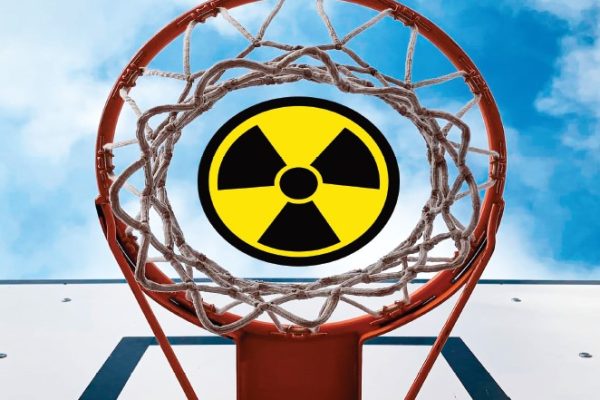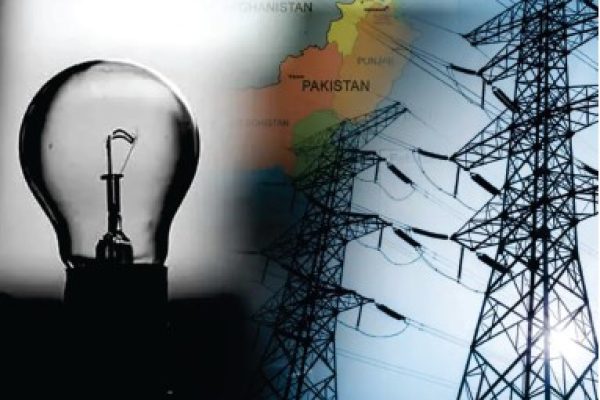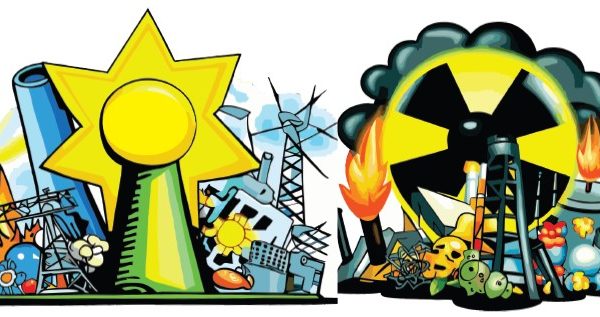
Why Nuclear Power is a Costly Affair? In the End, It Is All Economics!- By New Media Team
We often wonder why the cost information associated with any power supply is the first thing that comes to mind when we talk about it. Additionally, nuclear power is thought to be expensive when discussed. There are clear reasons why nuclear energy is high priced. Nuclear energy requires excessive element of energy inputs, making it…










